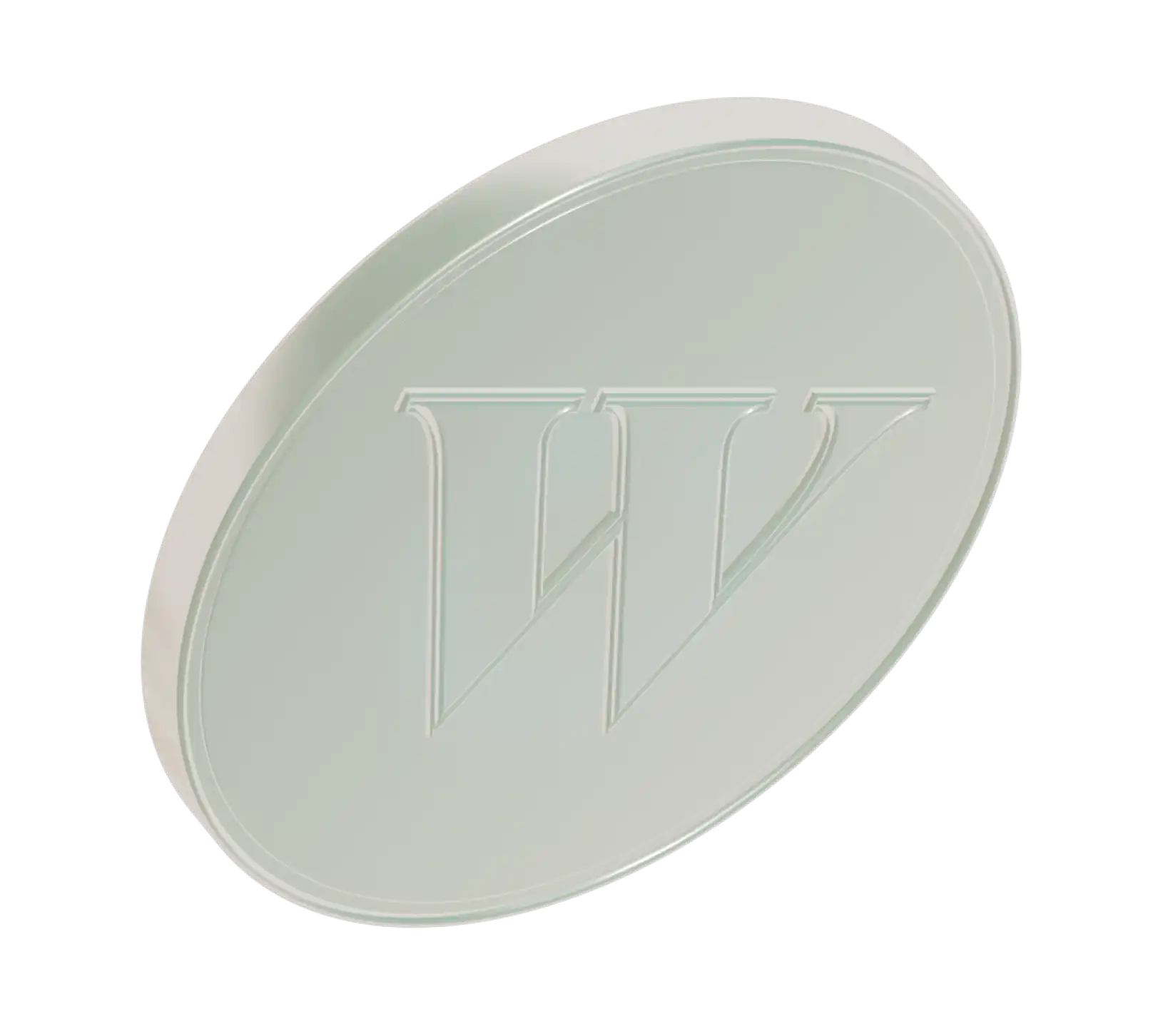RRSP stands for “registered retirement savings plan.” Sounds exciting, right? Okay, fine. It doesn’t sound exciting at all. But it is! RRSPs are superheroes of modern retirement planning for Canadians. They are true tax-obliterating, retirement-enriching wonders of the modern world. KAPOW! (Ka-ching?) Here are answers to all the RRSP-related questions you may have.
What is an RRSP?
An RRSP is what’s called a tax-advantaged account, which is something the government created specifically to provide tax breaks to anyone who takes the time to use them. The money you put in your RRSP is not taxed. At least not right now. That’s the advantage. So your taxes for the year are lower, but also, you have more money to put into your RRSP. That money grows, tax free, until it’s time to retire.
How does an RRSP work?
Let’s say you make $70,000 a year and you decide to contribute the maximum allowable amount into your RRSP. Assuming you made $70,000 the previous year and are up to date on your contributions, the most you can put in is 18%, or $12,600. When tax day comes around, the CRA will treat you as though you earned just $57,400. Now, this money is tax-deferred, not tax-free. You will eventually have to pay taxes when you withdraw your money years down the line, but by the time you do so, you’ll be retired — focused more on grandkids and bus tours than climbing a corporate ladder. Your income will almost certainly be lower, which means your tax rate should be lower, too.
What is the maximum RRSP contribution?
The amount of money you can put into an RRSP each year depends on a couple of factors. The first is income history. You can contribute up to 18% of the income you reported on your prior year’s taxes, with a cap. In 2023, that cap was $30,780. In 2024, it increased to $31,560. There are exceptions, of course. If you have not maxed out contributions in previous years, you are allowed to catch up. So if you have $10,000 of extra contribution space that you didn’t use in previous tax years, you can take advantage of that this year.
How do I open an RRSP in Canada?
Many employers offer them (these are called Group RRSPs), but if yours does not, you can enroll in an RRSP at nearly any financial institution. All you have to do is select the mix of investments you want (international and domestic stocks, bonds, real estates) and then start investing. If you’re in a Group RRSP, your employer will automatically deduct your contribution from each paycheque. Otherwise it’s on you to link a checking or savings account and remember to make contributions (auto-deposits can be very useful here).Then let your savings grow.
How much should I contribute to an RRSP each year?
That all depends on your circumstances. The first thing to consider is if an RRSP is the right choice for you. Another popular retirement savings option is the Tax-Free Savings Account, or TFSA, which we’ll get to below. (Here's an easy flow chart to help you decide, too.)
If you choose to invest in an RRSP and you can afford to put in the maximum and don’t need access to that money until you’re retired, go for it. Otherwise, it’s a matter of finding what you’re comfortable with — balancing how much money you need today versus how much you’ll need in the future.
One important thing to note: If you have a Group RRSP, some employers match a portion of your contributions, usually 1-5% of your salary. If your employer does this, do your best to contribute enough to max out what your employer will pay. That’s free money.
Is there a penalty for over contribution?
For a government group, the Canadian Retirement Agency (CRA) is actually pretty forgiving if you contribute too much to your RRSP — but only to a point. They start you with a nice bit of cushion: any amount up to $2,000 over your total accrued limit won’t be penalized (though it also won’t be considered tax-deductible). It’s when you go over that amount that the trouble starts.
Soon after that 2,001st dollar hits your account, the CRA will likely mail you a notice that you’ve over-contributed and encourage you to vamoose that excess dough. Should you fail to, you’ll be assessed a penalty of 1% of the excess for every month you‘re over the limit. Take too long to pay those penalties, and you’ll earn yourself late fees, which are even pricier. Fortunately, the CRA understands that mistakes happen, so if you can show that you were not trying to take advantage of the system — say you just screwed up the math — you can apply to have the penalties waived.
Where can I check the balance on my RRSP?
You can always log into your account on the CRA’s online portal by clicking here. Along with your income tax and benefit information, it also shows your RRSP balance, and it will alert you if you’ve gone over the contribution limit.
Are TFSAs the same as RRSPs?
They’re similar, in that they’re both ways of saving for retirement with huge tax advantages. But there are important distinctions between the two that could make one option better for you, depending on your circumstances.
Here are a couple of the biggest factors to consider when choosing an RRSP or TFSA:
RRSP contributions are not taxed, but withdrawals are. TFSAs are the opposite: you don’t get a tax break for putting money in, but you also aren’t taxed on any money that you take out. That often makes TFSAs the better choice for anyone making less than $50,000 a year. At that salary, once you account for standard deductions, you aren’t likely to owe much income tax — so a tax break now is often less helpful than one in the future.
Since you’ve already been taxed on TFSA contributions, you won’t be taxed on withdrawals, no matter when you make them. So if you have an immediate goal in mind that’s going to take some money — like buying a house or a car — TSFAs could be better for you.
If I need access to my retirement savings to buy a house, a TFSA is the best option?
Generally speaking, yes, but if you’ve never bought a home before, there are two exceptions:
1. Through a program called the Home Buyers Plan (HBP), the CRA lets first-time homebuyers borrow up to $35,000 from their RRSP to be used toward a downpayment. While you won’t pay tax on this money, there is a hook: you have to pay yourself back. Even though you might consider yourself a generous lender, you don’t get to decide the terms of your repayment. There are many conditions attached, and substantial tax implications if you don’t follow them.
2. in 2023, the government introduced FHSAs. These accounts help Canadians save up to $8,000 per year (for a max of $40,000) toward a downpayment. FHSAs come with two great advantages: the amount you contribute reduces your taxes owed for the year you make the contribution, plus you are not taxed on any money (including gains) you withdraw from the account when it's used for a first home. And if you don't end up finding the perfect place, you can transfer your FHSA funds into your RRSP, without affecting your RRSP contribution limits.




